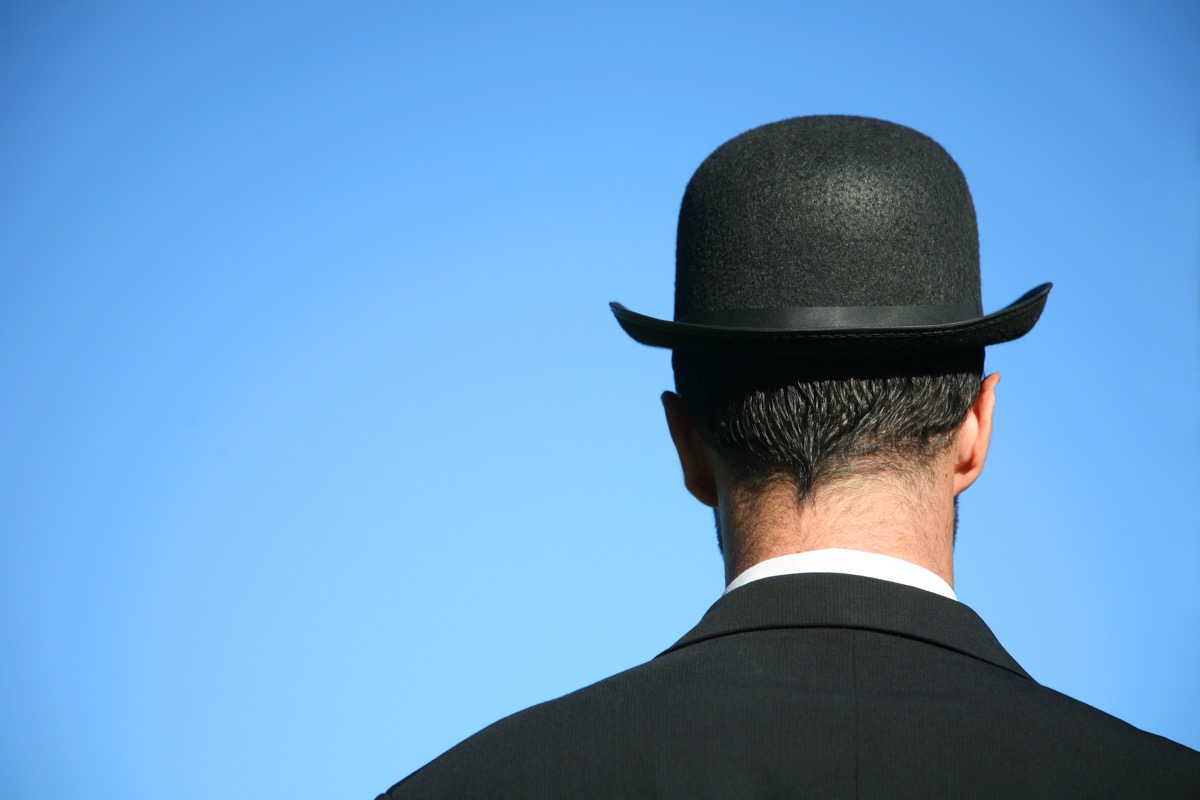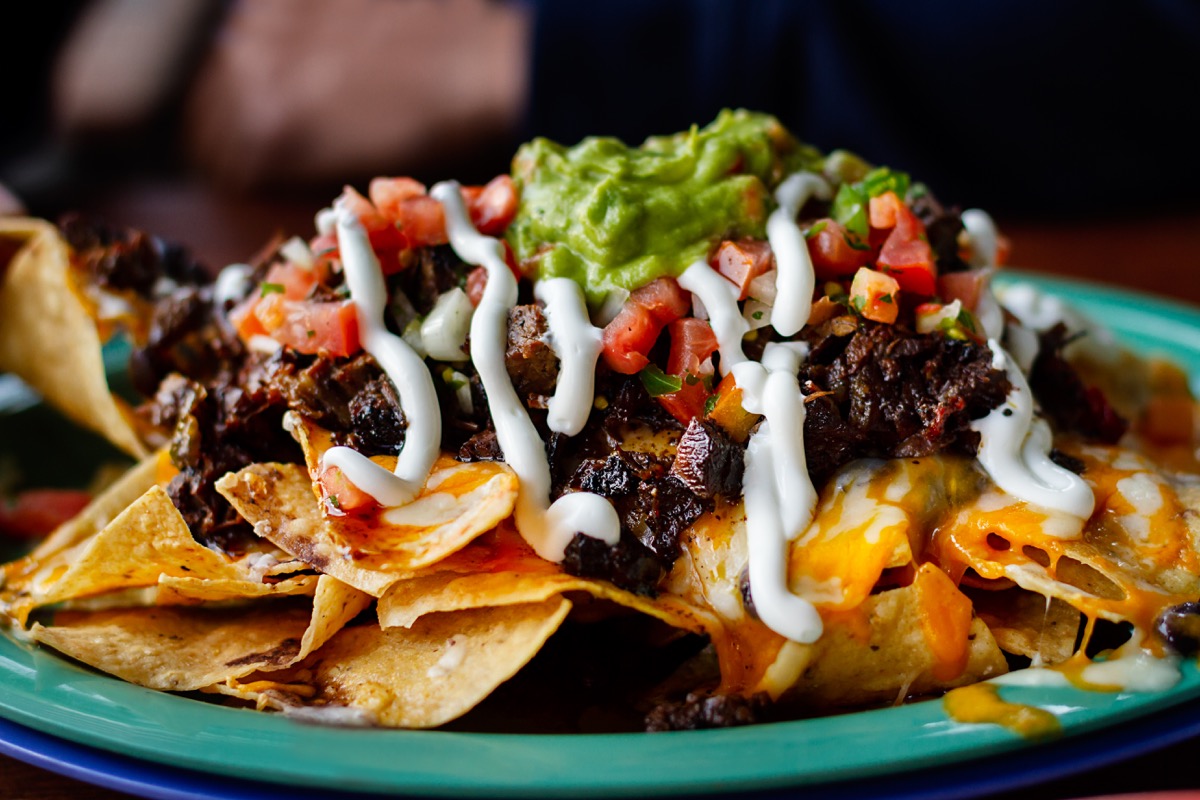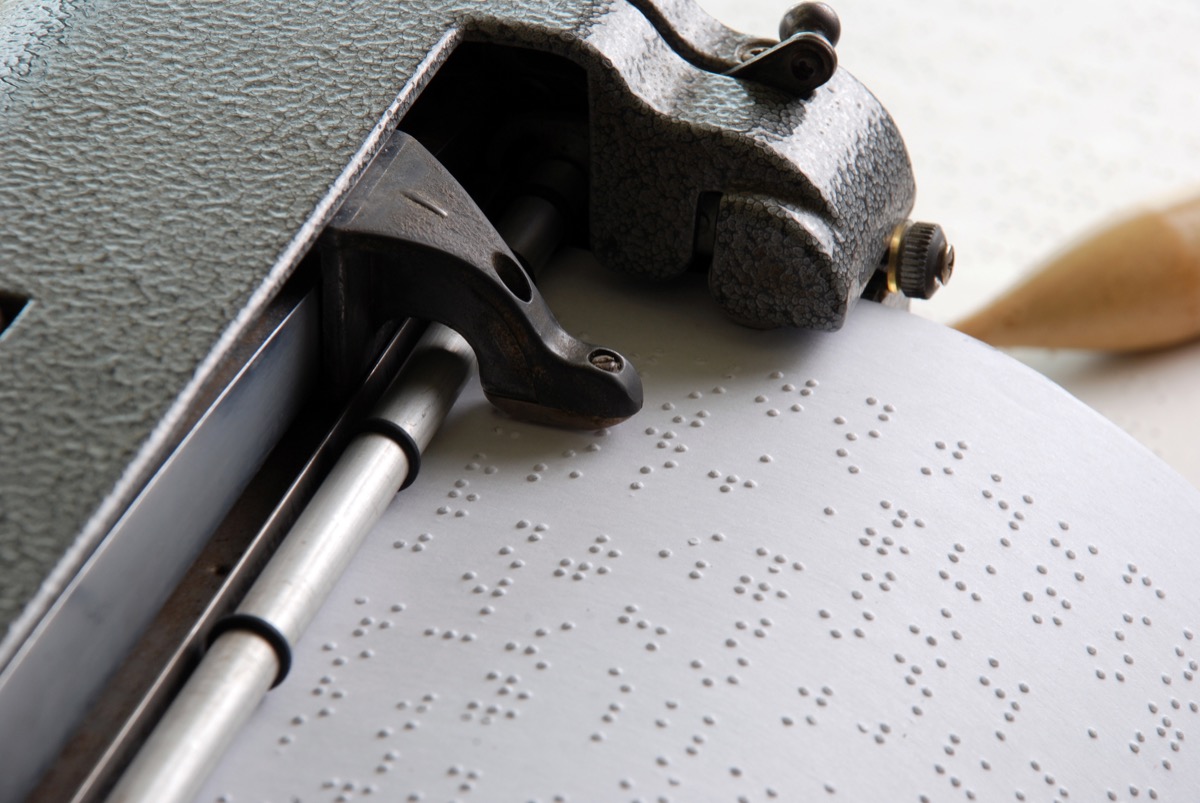15 Common Things You Didn’t Know Were Named After Someone

When you create a masterful invention, you probably hope it will be a part of a legacy that lives on for many years after you’re gone. But how do you go about making sure that’s the case? Well, you name it after yourself, of course. Unfortunately, not every inventor’s effort to have their name memorialized through their work has been a successful one. In fact, there are many things that you are more than likely familiar with, but that you may not have known were named after the person who invented them. For instance, did you know saxophones were actually named after a man with the last name Sax? Or Mason jars were invented by a guy by the name of Mason? It’s true! Read on for more things you probably didn’t know were named after someone.
1
Graham crackers

The graham cracker isn’t typically thought of as a particular decadent or sensuous snack, which is exactly what pious inventor Sylvester Graham wanted. Graham was a minister who believed unhealthy foods were the root of sinful desires, so he invented a counter product in the late 1820s to help people reach salvation. Guess he wouldn’t be too happy to hear about s’mores!
2
Bowler hats

It was in 1849 that nobleman Edward Coke went to Lock & Co., a London-based hat-making company, requesting a hat that was better suited for the gamekeepers who worked on his family estate, as top hats were often knocked off by tree branches when they were on horseback. In response, the company’s Thomas and William Bowler came up with the sturdy and stout piece of headwear that you know as the Bowler hat.
3
Cardigans

This cozy clothing item, popularized by TV’s favorite friendly neighbor, actually came to us all the way back in the mid-1800s during the Crimean War. At the Battle of Balaclava in 1854, James Brudenell—who happened to be Wales’ seventh Earl of Cardigan—led a doomed charge where he survived only by cowardly retreating, leaving some of the men in his command to die. Upon his return to Wales, Brudenell was hailed a hero—before people learned of his retreat—and people began to take note of the knitted waistcoat he often wore, which quickly became a piece of clothing in high demand among the earl’s admirers.
4
Mason jars

These multipurpose glass jars may only have become familiar sites in restaurants and residences across the country in recent years, but they have actually been around since the late 1800s. A pioneer in the art of perfecting food preservation, John Landis Mason invented the unmistakeable canning jar in 1858. In 1884, Mason’s design was licensed by Ball Corporation, which manufactures the jars still to this day.
5
Saxophones

This soulful staple of jazz, blues, and rock ‘n’ roll music didn’t just blow in out of thin air. It was invented and patented in 1846 by Belgian instrument maker Adolphe Sax. As The Metropolitan Museum of Art explains, Sax was looking to fill a void created by the lack of a “robust lower voice” within the wind instrument family.
6
Nachos

As the story is told, while working as the maitre d’ at the Victory Club in Piedras Negras, a Mexican town near the border of Texas, Ignacio Anaya couldn’t locate the cook when a group of women wandered in looking to order something to eat. Not wanting to turn them away, he quickly created a dish on the spot. However, his nachos were less extreme than what you see today, simply consisting of tortilla chips, cheese, and jalapeño peppers. Where did the name come from? Nacho was actually Anaya’s nickname, a shortened pronunciation of his first name.
7
Pilates

Pilates is a low-impact form of exercise that aims to strengthen muscles, improve posture, and create flexibility. While working with patients unable to walk during World War I, Joseph Pilates developed the new method of physical fitness with their limitations in mind. And when he emigrated to New York City, he and his wife Clara opened a gym in 1926, which helped pilates make a name for itself as a popular rehabilitation exercise method.
8
Ferris wheels

The ferris wheel is a beloved centerpiece for any good fair, carnival, or amusement park. The revolving ride was invented after a challenge was set forth to create a structure for the Columbia Exposition in 1893 that would rival Paris’ Eiffel Tower (which was erected in 1889 for the Exposition Universelle). Rising to the challenge was a man named George Washington Gale Ferris Jr. As Smithsonian magazine remarked, the new attraction provided people with access to “an aerial panorama few had ever beheld.”
9
Tupperware

Meal-preppers and leftover lovers everywhere have Earl Silas Tupper to thank for these endlessly useful—and portable—plastic food containers. After working in the plastics division at DuPont, Tupper founded the Earl S. Tupper company in 1938. It was there that he focused on developing plastic consumer goods, eventually inventing a more durable and resilient type of plastic, as well as an air and watertight seal that he modeled after the lid of a paint can. Put these two creations together, and voilà, Tupperware is born.
10
Sandwiches

These days, there are so many sandwich varieties that it’s easy to forget that the general concept of the handheld favorite food is an invention all its own. And it is English nobleman John Mantagu, who was the fourth Earl of Sandwich, that is most often credited with its creation—there’s even a popular sandwich chain called Earl of Sandwich. Apparently Montagu was an avid gambler who would routinely satisfy his hunger with nothing but a piece of roast beef between two slices of toasted bread. Why was this his meal of preference? He didn’t have to stop playing cards to eat it.
11
Diesel engines

During the late 1800s, Rudolf Diesel set out to develop a compressed ignition engine in a time when the steam engine was the most commonly used power source by the majority of major industries. Spending 13 years on this process, Diesel eventually debuted his first successful diesel engine in 1897. However, the marketability for his invention only came after his mysterious death in 1913.
12
Braille

In the early 1800s, following the loss of his vision from a childhood accident at age three, Louis Braille attended the Royal Institution for Blind Youth where he was taught a coded system of communicating that used combinations of raised dots created by Charles Barbier. Finding Barbier’s method to be much too complicated, Braille set out to create a simpler universal reading and writing system, which he accomplished at the age of 15. Two years after his death, Braille’s system was adopted as the official communication system for the blind in France, with countries around the world eventually following suit.
13
Jacuzzis

In 1943, after he and his family had moved to California from their native Italy, Kenneth Jacuzzi came down with rheumatic fever, which caused him to develop rheumatoid arthritis. Wanting to ease the pain his son was experiencing as a result of his condition, Candido Jacuzzi developed a hydrotherapy pump to give the boy regular relief at home. And through selling the portable pump to hospitals and schools, Roy Jacuzzi was inspired to develop larger units, which we now know as hot tubs, or, more accurately, jacuzzis.
14
Leotards

Unless you’re a ballerina or gymnast, it’s unlikely you know the history behind the invention of this elastic-like clothing item. It is said to have been created by French circus performer Jules Léotard, who is also known for inventing the flying trapeze routine. In need of a costume that afforded him the maximum level of flexibility necessary to perform his routines, Léotard took matters into his own hands and made himself a skin-tight, one-piece garment that still goes by his last name.
15
Salisbury steaks

Like many people throughout history, James Salisbury, a medical doctor in the 1800s, believed certain foods were the answer to health problems and had the ability to cure certain illnesses. And it was during the Civil War that Salisbury, who also believed fruits and vegetables were the root of all health problems, attempted to treat ailing soldiers by feeding them a strict diet of chopped meat, and chopped meat only. These minced beef patties eventually became the steak dish that commonly carries Dr. Salisbury’s name.